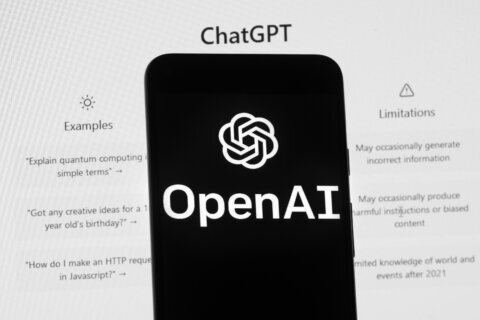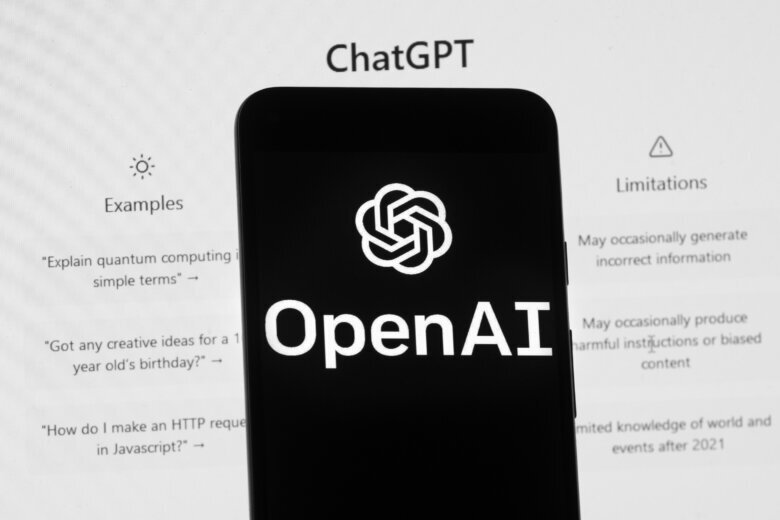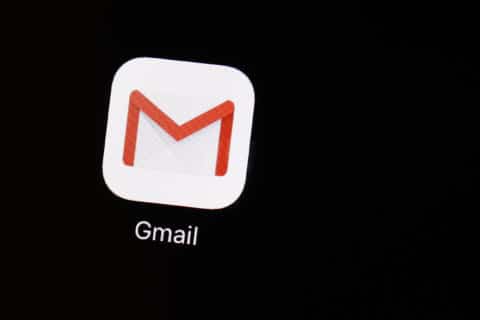
Q: I keep hearing about how incredible ChatGPT is, but what can it do for nontechnical people?
A: The world of artificial intelligence is exploding and one of the first generally accessible AI tools, ChatGPT, is open for public use.
Getting Started
You’ll start by signing up for a free account, which then provides access to the start page for ChatGPT and some examples of what you can ask it.
Your questions are referred to as ‘prompts’ by the community, which will be important to remember for a research tip I’ll provide later.
Learning Complex Concepts
Much like a search engine, you can use ChatGPT to learn things, but you won’t have to weed through a plethora of websites because it’s more like having a conversation.
For example, you can ask it, “explain black holes to me like I’m a 10-year-old,” and if the explanation isn’t helpful, you can click on a button at the bottom that says “regenerate response” for a different one.
If you want more clarity on a specific part of the explanation, you can continue the “conversation” by asking a follow-up question.
This is one of the things that makes ChatGPT so powerful as your interactions are saved as a thread, which you can come back to in the future to continue and everything that was asked before is remembered.
To start a new thread, click on the “New Chat” button at the top, which will get you back to the start page.
Meal Planning
An example often used to show the usefulness of ChatGPT is creating meal plans based on your personal preferences, dietary restrictions or ingredients you have on hand.
For example, you can prompt it with “give me 10 different meal ideas using chicken, zucchini and rice.”
If the fifth suggestion is what you’d like to prepare, follow up with “give me a detailed recipe for number five,” and you’ll get an ingredients list and instructions.
If you have dietary restrictions, you can include them in your original prompt so the suggested meals won’t include nuts or dairy, for instance.
Creating Tables
A common task when doing research on the internet is to compile information on various products that you may be interested in purchasing.
Let’s say you were in the market for a used compact SUV and wanted to compare the top models based on specific parameters.
A prompt of “create a table for the best used compact SUVs along with the average price, mpg ratings, crash test ratings, passengers, exterior dimensions and cargo space” will quickly pull everything into a table for comparison.
Prompt Research
The potential uses are limited only by your imagination, so learning how others are using it is helpful.
A quick way to learn new prompts is to search the internet or social media for your specific interests (ex: AI prompts for marketing).
Limitations
It’s important to understand that ChatGPT does not have direct access to the internet and the information that it has been fed was cut off in 2021, so it has no awareness of events or information generated since then.
It’s also not always accurate, so don’t make any important decisions without fact-checking the information it provides.
Ken Colburn is founder and CEO of Data Doctors Computer Services. Ask any tech question on Facebook or Twitter.








